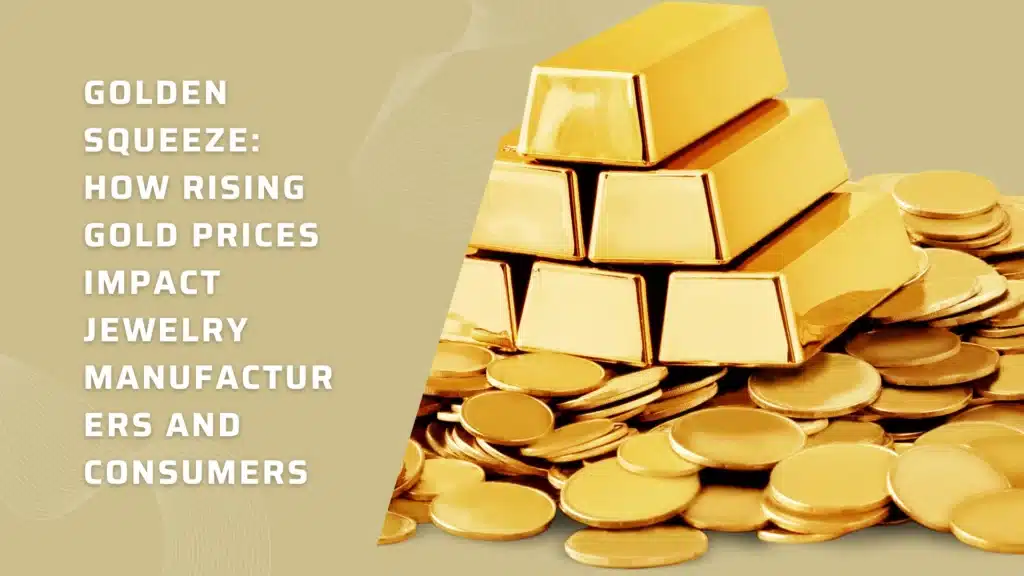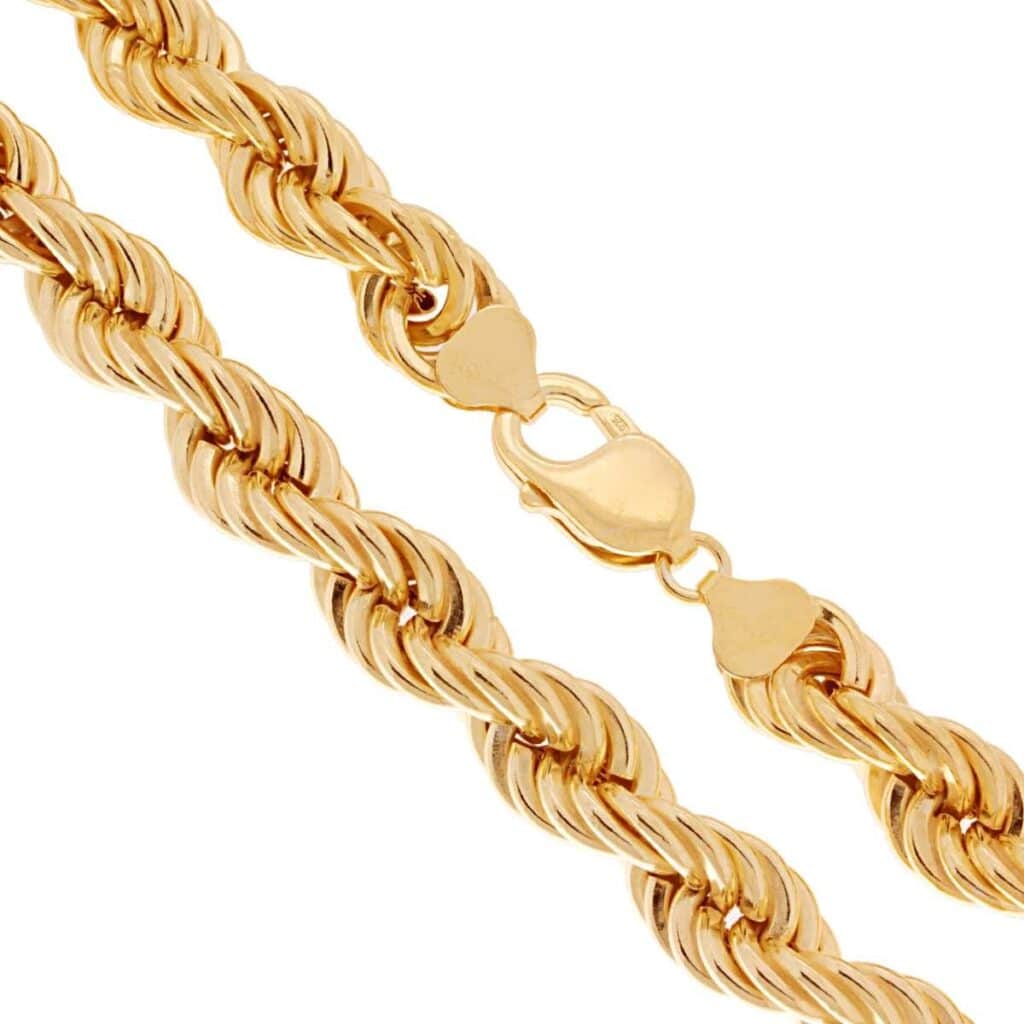The jewelry industry thrives on creativity, craftsmanship, and precious materials. Yet one factor constantly reshapes it—the Gold price impact. As global markets fluctuate, gold prices rise and fall, influencing how designers, manufacturers, and consumers behave. Recently, the sharp increase in gold value has placed pressure on the entire jewelry supply chain, creating what many call the “Golden Squeeze.” Understanding the Gold price impact helps both brands and buyers navigate this shifting landscape.
To grasp the Gold price impact, we must first look at why prices are climbing. Economic uncertainty, currency fluctuations, and increased demand from investors have pushed gold’s value higher. Central banks hold large reserves, while consumers continue to see gold as a safe investment. Geopolitical tensions and inflation also contribute to the upward trend. For jewelry manufacturers, these forces mean higher material costs and tighter production budgets, while consumers face steeper prices for gold pieces.
Manufacturers feel the Gold price impact first. As raw material costs rise, they must adjust pricing structures, reduce waste, and rethink design strategies. Efficiency becomes essential—every gram of gold matters. Many companies now turn to recycled gold, precision casting, and lightweight designs to maintain affordability without sacrificing quality. The rising cost also pushes brands to explore alternatives like gold vermeil or mixed-metal collections. Creativity, innovation, and sustainability have become key responses to this financial challenge.
The Gold price impact doesn’t stop at costs—it shapes design itself. Artisans now focus on minimalism, hollow structures, and delicate forms that use less gold while maintaining a luxurious appearance. Advanced 3D modeling and CAD technology allow for precise measurements and reduced material loss. Manufacturers emphasize balance—creating pieces that remain elegant, durable, and desirable, even when gold becomes more expensive. This adaptability shows how artistry and engineering work hand in hand to overcome economic shifts.
For consumers, the Gold price impact means rethinking value and purchase behavior. Many buyers shift toward smaller, timeless pieces or invest in versatile jewelry that holds long-term worth. Others explore gold-plated or gold-vermeil designs as cost-friendly alternatives. Rising gold prices also create renewed appreciation for heirloom and vintage jewelry, as people see these items not just as fashion but as assets. In this way, consumers adapt by becoming more conscious, selective, and value-driven.
The broader Gold price impact extends beyond immediate pricing. High costs encourage innovation across the industry—prompting better material recovery systems, digital design improvements, and eco-friendly production. Manufacturers collaborate more closely with suppliers to manage costs and secure sustainable sourcing. The focus on responsible gold strengthens the jewelry industry’s ethical standards while meeting growing customer expectations for transparency.






